Here are the links for my books ‘Hue.’, ‘Form.’ and ‘Motif.’
Hue:
https://www.blurb.co.uk/b/9481553-hue
Here are the links for my books ‘Hue.’, ‘Form.’ and ‘Motif.’
Hue:
https://www.blurb.co.uk/b/9481553-hue
Regarding the results of my topic of ‘Variation and Similarity’, I am very satisfied with the steps my project has gone in relation to the creation of three sub themes based around the idea of abstraction and the produce of three individual books looking at each of these themes. When starting my project I made sure that I wanted to explore the idea of abstraction and the varying themes and styles which could be used to look at the topic as a whole. To do this from the start I had originally wanted to go down the route of looking at the idea of dividing my results into three sections much like my coursework, my idea behind this was so that it would provide me with a much broader range in what I would be able to capture and relate to the project, rather than looking at one theme, three would provide me with contrasting results which on the surface could not be seen relating, however with the underlying theme combined it linked them together to present them in a way that the viewer would understand after knowing my intentions. Initially I had gone about to different sections of the island with the purpose of either photographing the subjects in an isolated way or a way which captures the entire landscape which would broaden the audiences perspective. I had selected the themes of texture, colour and pattern because of how they were so common in out everyday lives that they went predominantly unseen due to us overlooking them, providing us with an insight into the structures and unseen beauty that we walk past on a regular basis. In the creation of each topic I had tried to reduce editing to a minimal so that any changes would have had to been produced inside the camera there and then, which as a result for me provides a greater connection with them due to holding a more personal and first person account with the subject.
When going through my creative process I had found certain faults through how I was occasionally straying into the topic of another theme, however in the use of mind-maps it allowed me to train my line of thought towards my goals and aims of each shoot, resulting in the photos taken reflecting my intended purpose for that shoot. Looking back at my process of going about with photo shoots mood boards and the research of individuals, I soon came to believe they had been a crucial element in defining my inspirations of what I would want to achieve in the future of my exam, the creation of artist reference pages really helped drive my inspirations and aspirations due to further research into their work allowing a more developed understanding into their mind-processes and techniques. Looking back at the posts I have created on the blog I am happy to say that I had explored a huge amount of contextual studies in both the art world and photography world, researching the links between the two in fields such as colour and the origins of abstract art, something that without would not have allowed me to produce some of the work created. This consisted of certain art styles such as field paintings where an artists would focus on the block colour of a landscape rather than what was inside it, as a result of this it allowed for me go about photographing landscapes using a new perspective that had been unknown to me. Certain artists that had helped me develop my understanding throughout the project are Robert Frank, Aaron Siskind, the Weston’s and Franco Fontana. Though all these photographers had different styles of work, they all contributed towards the outcomes of each shoot which could then be linked to each other through them being sub-sections of abstraction, without looking into the techniques and styles of each photographers I would not have known how to use my ideas with the camera to capture my intended images. Regarding how my final outcomes turned out I was relatively happy with the foam and card mountings due to how the 3d element created by them in a mood-board fashion allowed audiences to understand the theme underlying each section, looking at individual images would not allow any insight into my intentions for the project, but rather the viewing of them as a collective would. This was closely tied into my work of producing three individual books looking each at a different theme of abstraction, these came out amazingly due to how they perfectly reflected how I wanted a journal’s guide to be, with minimal text providing a narrative for my thought process and results.
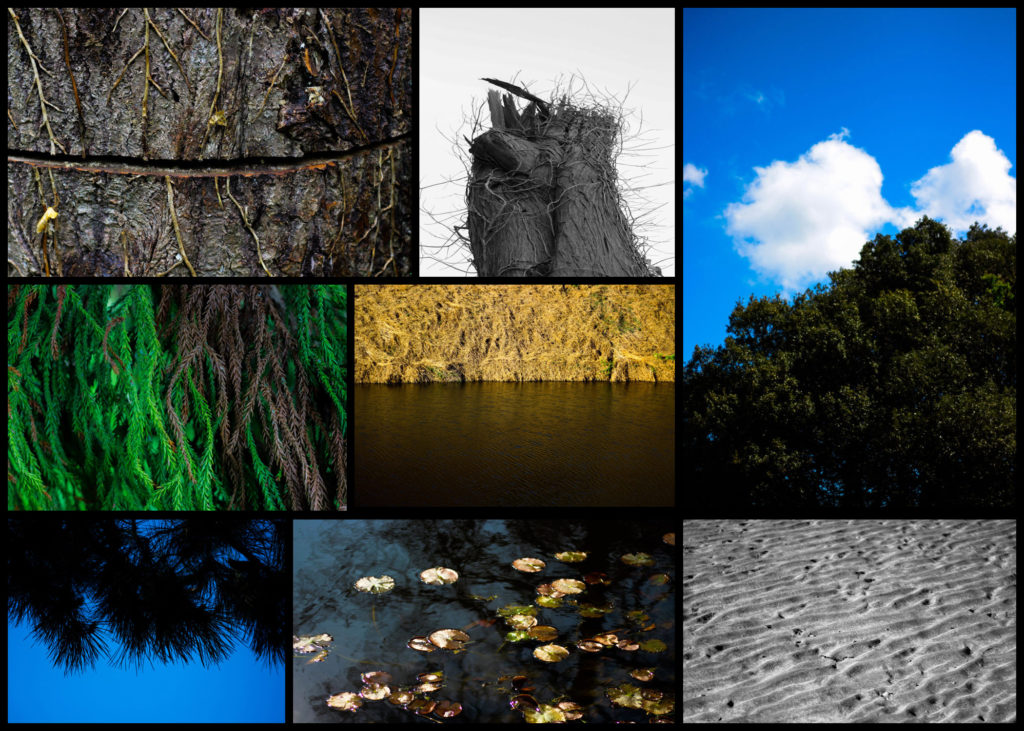
Before going onto finishing my final pieces I had to make a selection of eight to nine images that I thought would work well together regarding each final mood-board composition. Throughout the project I have been using various techniques such as monochrome, gradients and motion blur to improve my overall skills and perspectives regarding my stance and intpretation of the topic of variation and similarity. When looking over my project it has allowed me to photograph subjects in a new light using techniques that I would not have previously used, the overall process that I have used for each shoot has given me a new understanding of how my composition can affect the viewers opinion and interpretation of situations whilst allowed me to explore new styles that I had not previously looked at. Here are my image selections for each moodboard composition and the final outcomes:
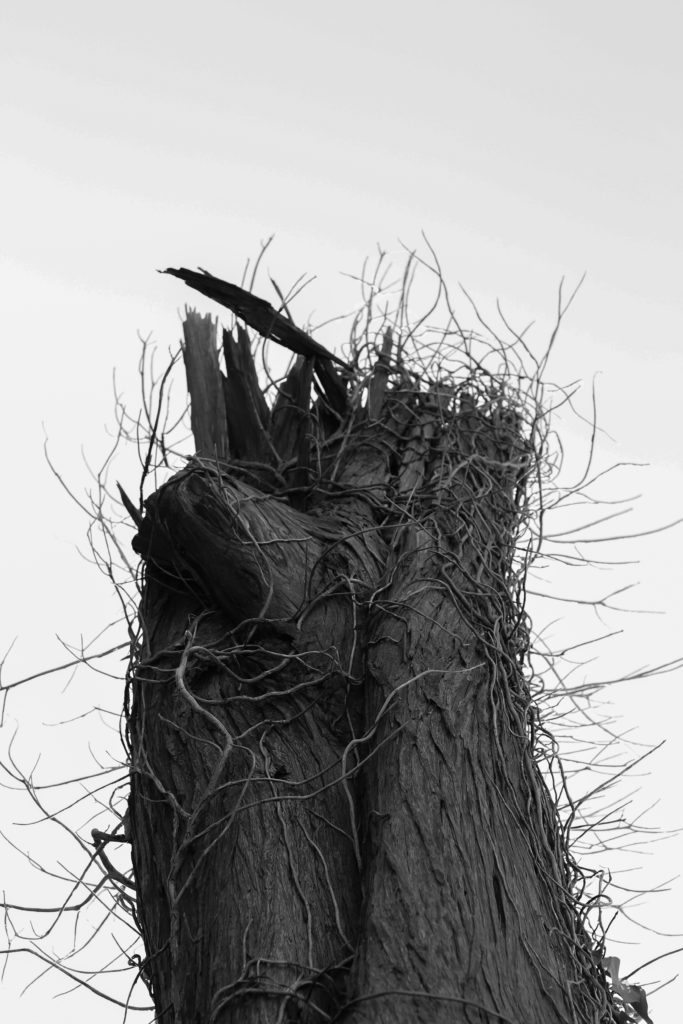
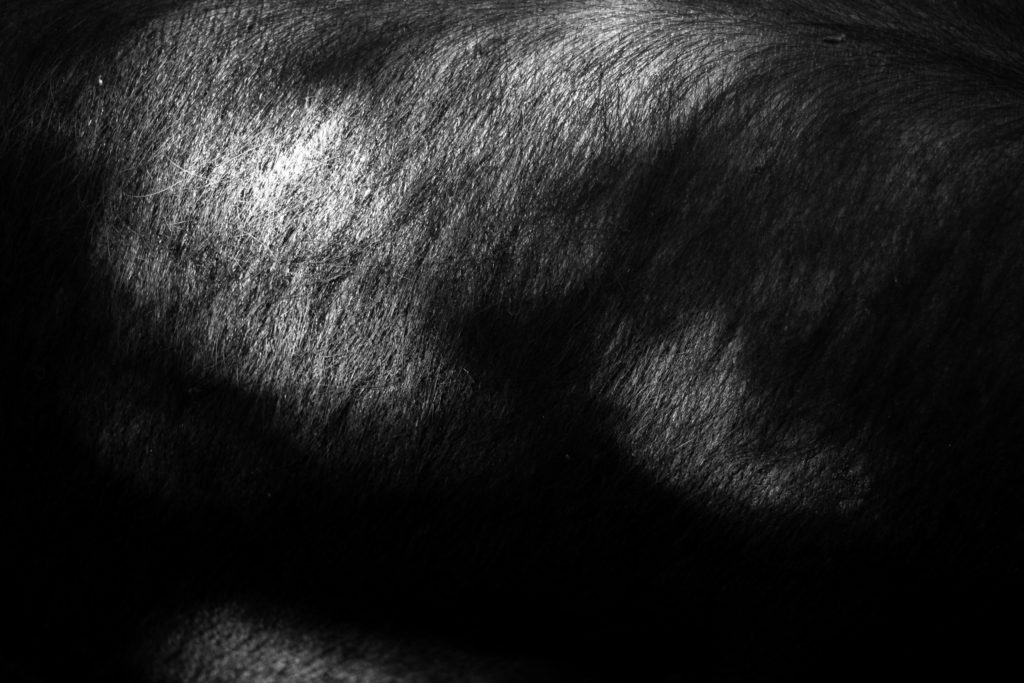

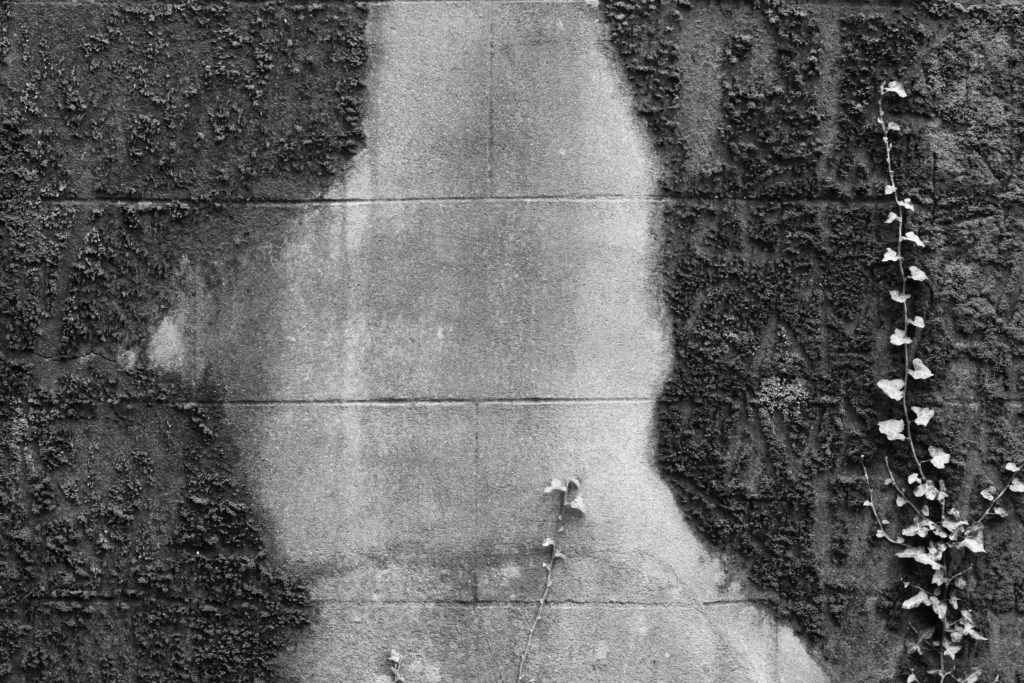
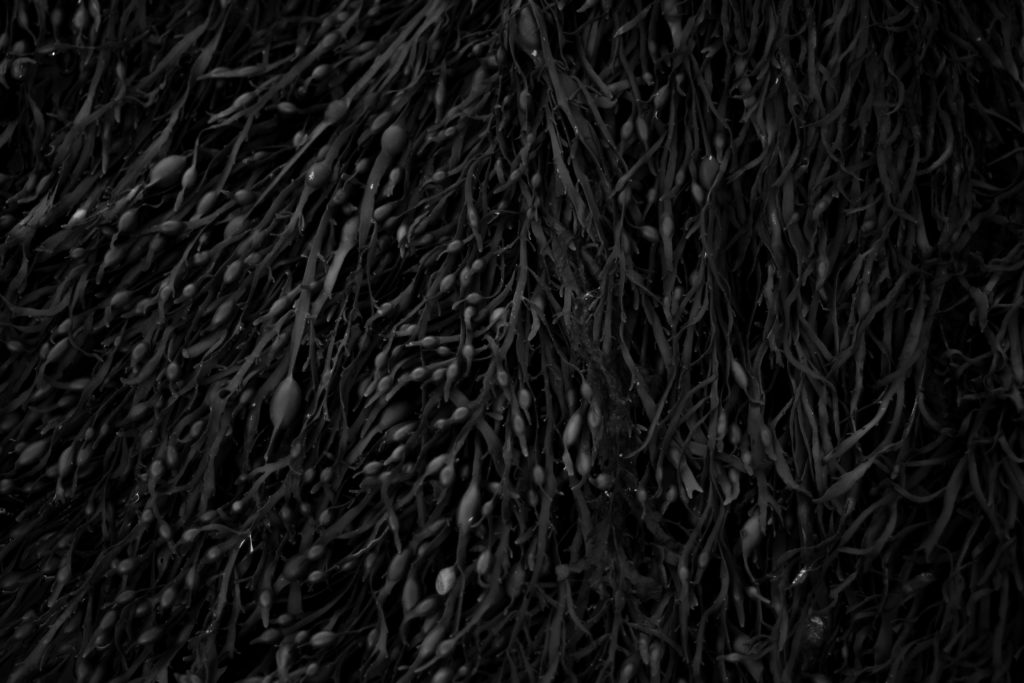

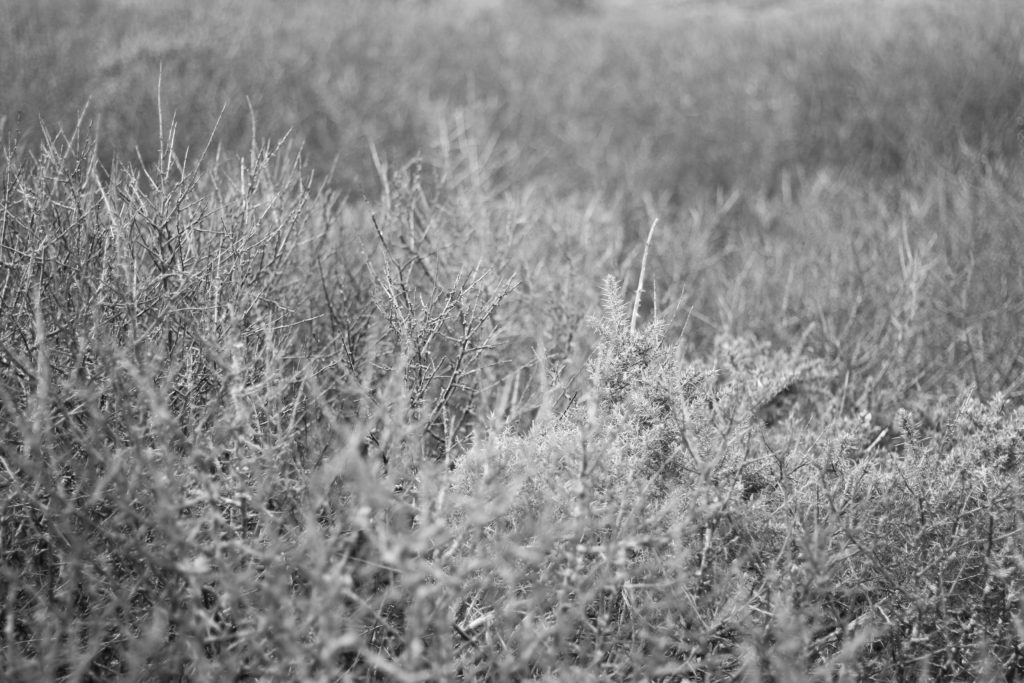
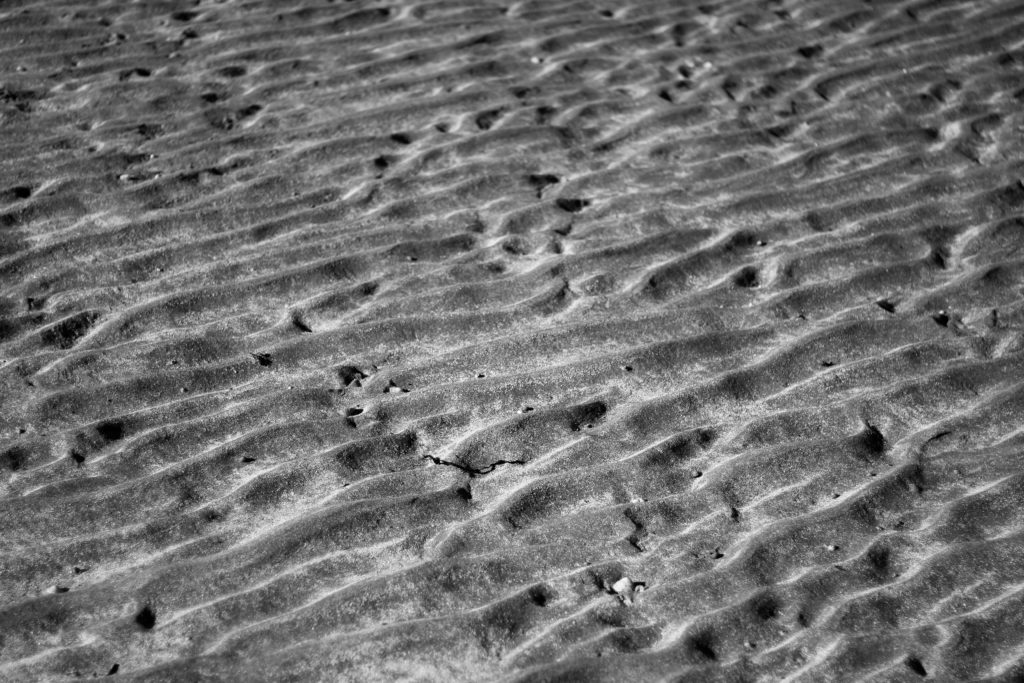

I was really happy with the outcome of this section regarding the themes of variation and similarity, this is mainly due to how I loved the use of tightly boxing in each photograph so that they emerged as a compact form which ever so slightly defined the individual images through the boxing in using white borders. For me the implementation of the borders was the key in creating the composition of the mood-board, this is because of how each photograph is taken using a monochrome filter and against a black backdrop it would render images pointless due to them merging into the background, by adding a white border not only did it make obvious the seperation between the board and images, but also defined what was in each border more due to the greater contrast now present.
The images I selected for this mood-board are centered around the theme of abstraction through pattern. The reason I selected only monochrome pictures are because I found that they perfectly highlighted the everyday unseen patterns presented in our journies ranging from walls, animals and grass. I wanted to box these images together because I found they all related really well to each other regarding both visual and contextual aspect, seen through the varying shades present and up close representation of different subjects which are highly contrasting their surroundings.
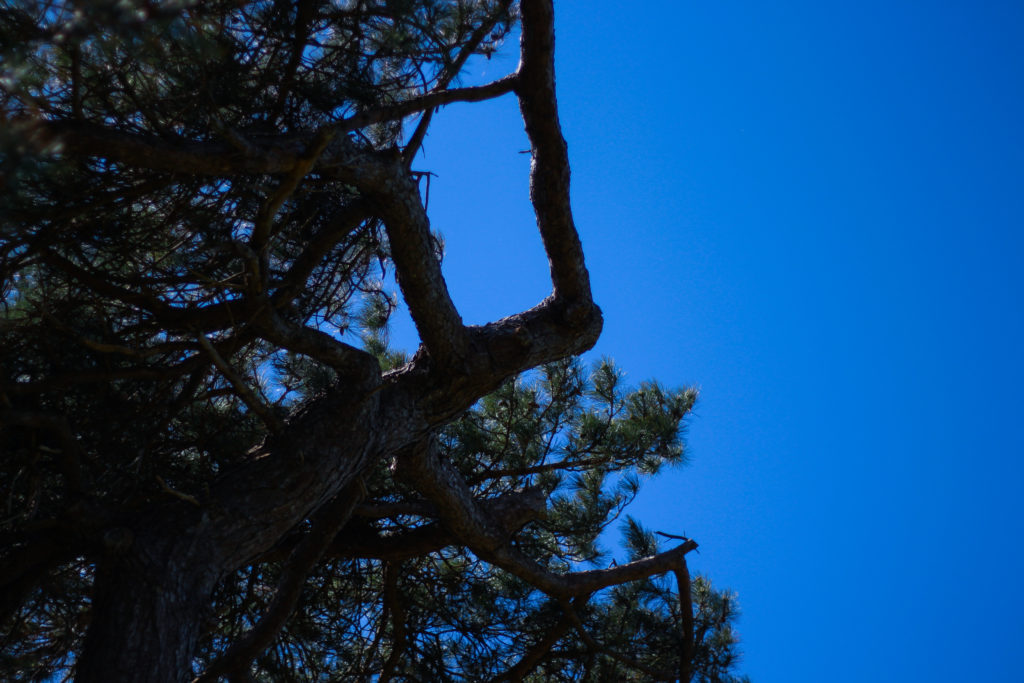






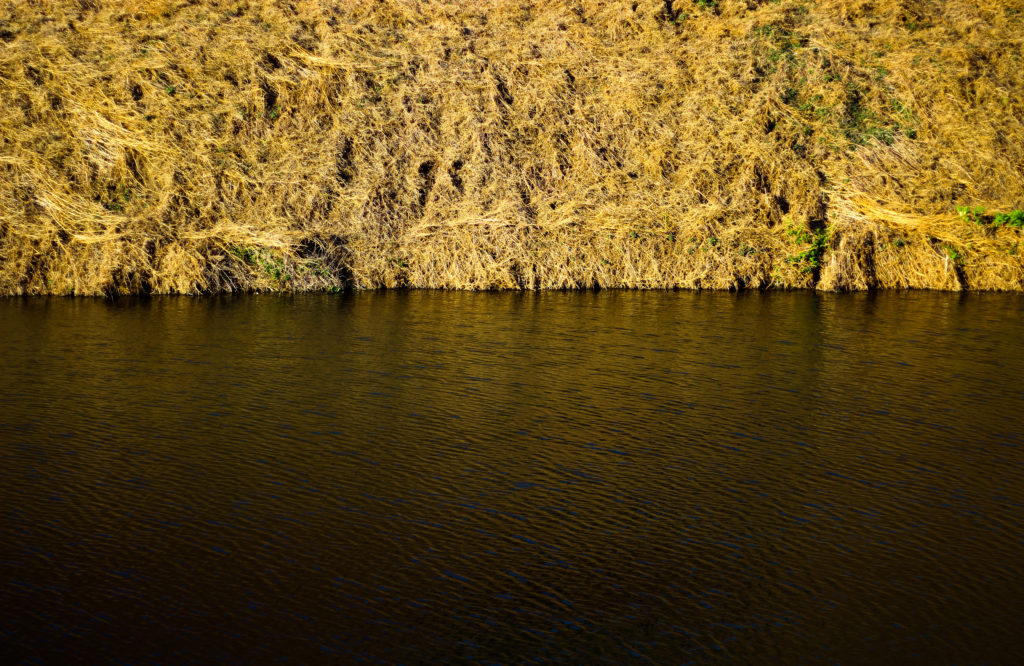


Peronally this outcome came out well for me as I found the placement of images complimented each other through the transitioning of colours that went from one image to the next. When creating the mood-board I tried to create a sub theme within where I chose to focus on only a few certain colours such as yellows, oranges and blues, this way the outcome produced was visually aesthetically pleasing due to how the white boarders that accompanied each photo boxed it in, defining it in the process whilst the colours were brought out through its limited framing. Out of the three final layouts for the final pieces this was definitely the one I tried to experiment with the most seen through the must larger use of nagative space, the reason for this was that I wanted to allow more breathing space for the picture as it contained the more light hearted and beautiful photos out of the three themes
The overall topic for this board was abstraction through colour, here I wanted to provide the viewer with my interpretation of this through saturation. I decided on this because of how through saturation it allowed for the creation of landscapes that seem too colourful and surreal to be real, by photographing the entire landscape it allowed me to focus on not only on the subject but what the potential surrounding area would look like portrayed differently, something I changed to isolating the subjects like the other two themes.
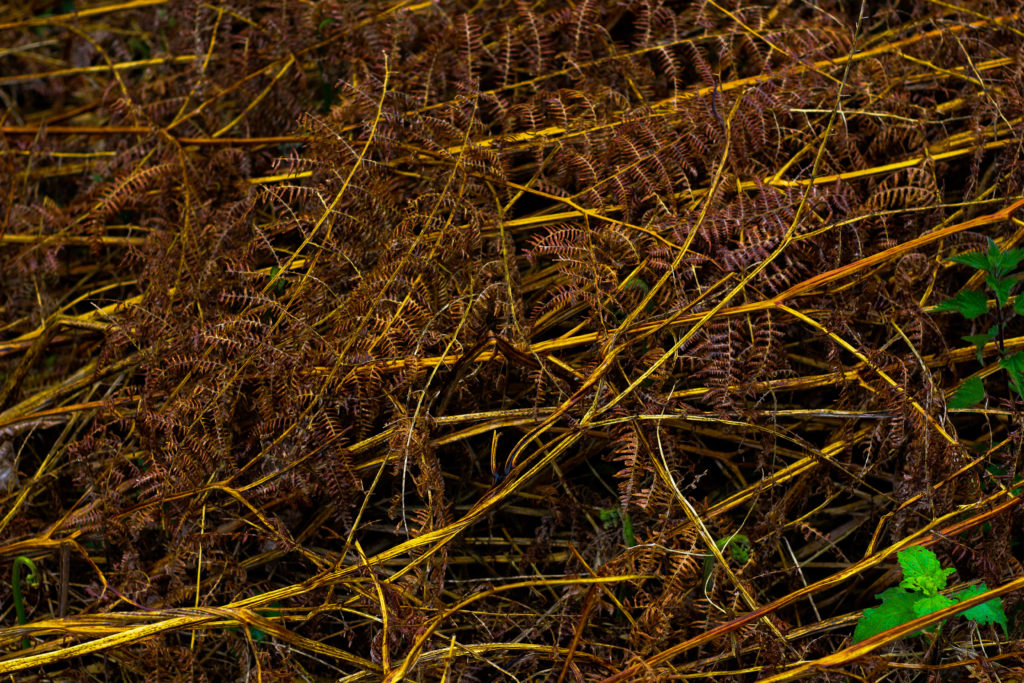
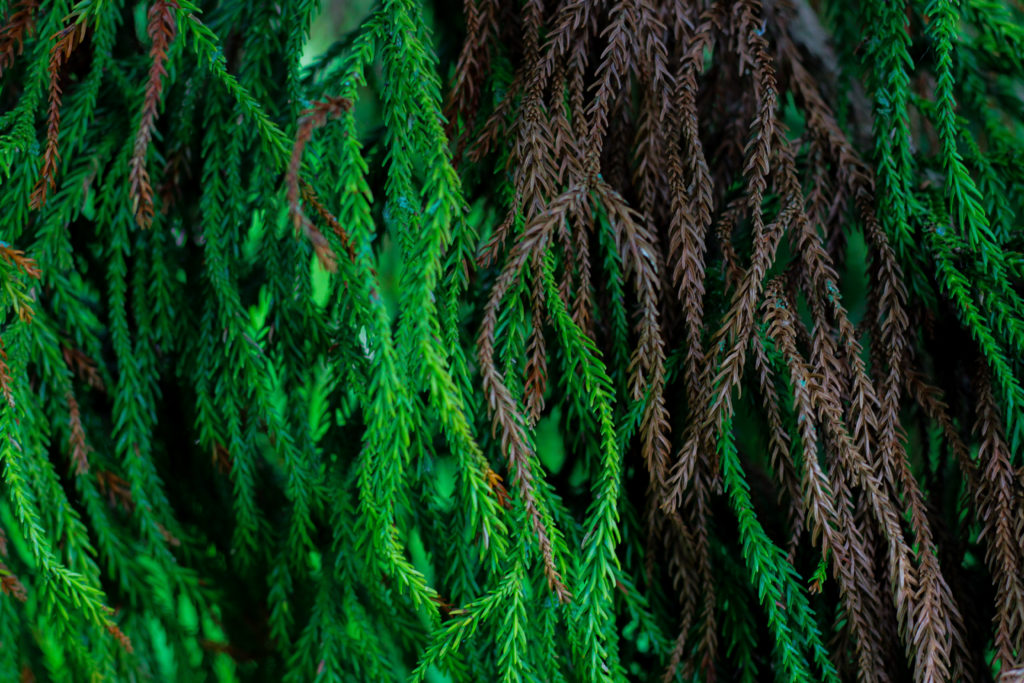
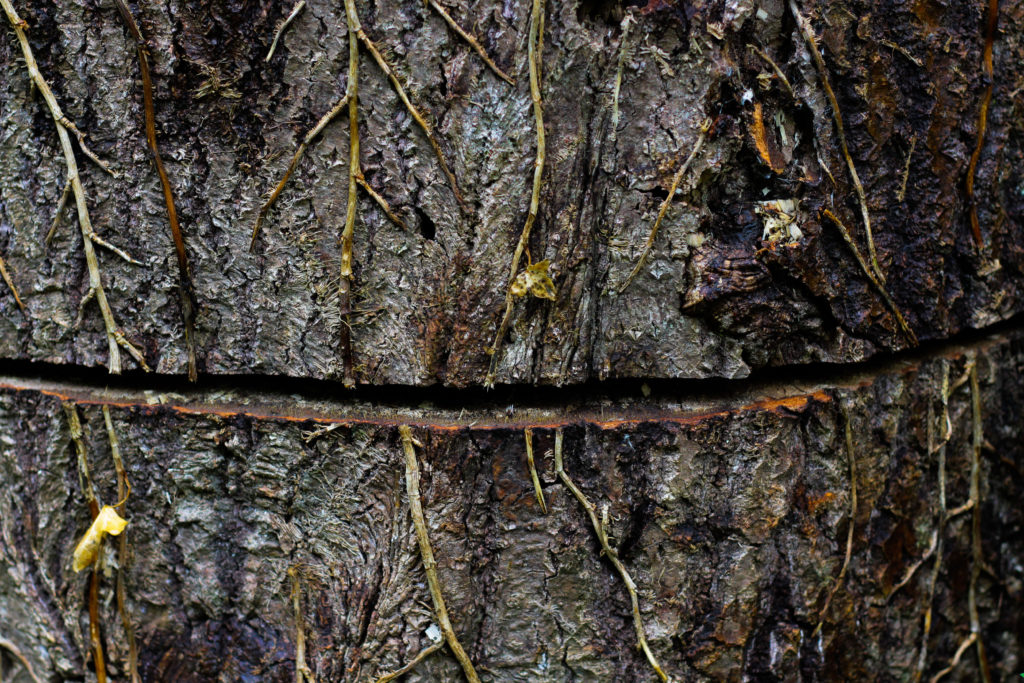


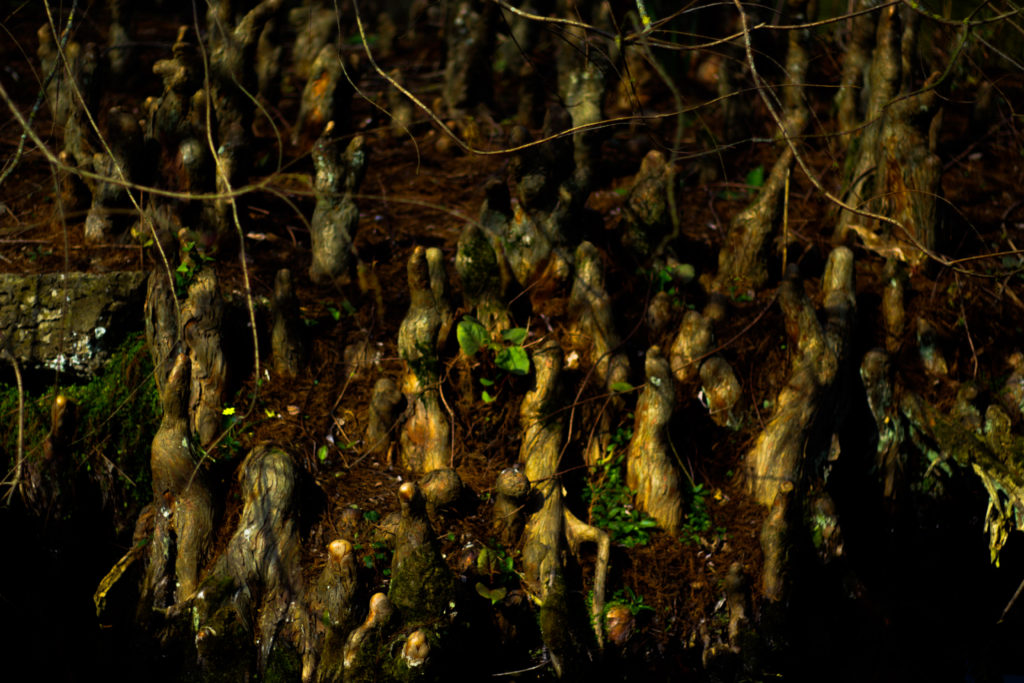
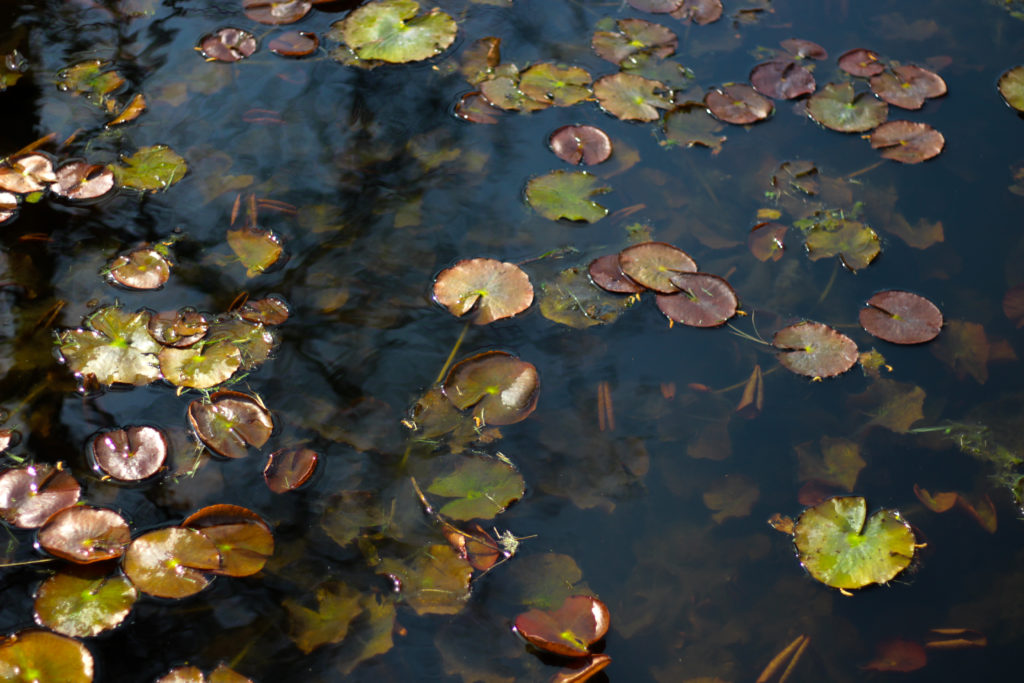




Finally for my last composition I wanted to create a larger mood-board than the other two made, consisting of ten images rather than eight. The reason behind my thought process for this is because of how there is such a variety of different textures present in each of the shoots that it would be much harder to present my process and results using only eight, through ten images it could allow me to create two different forms of texture five times, all whilst compacting them onto a singular piece of card. I tried to incorporate a lot of colour into this composition created from the natural forms of each subject (the difference was that I did not use any editing to create a saturated unreal environment), my intention behind this was to draw the viewers in through aesthetic textures that could be found in gardens and Jersey’s landscape.
For this section I was mainly focusing on the topic of abstraction through textures in the natural environment. I mainly here wanted to focus on the form of subjects such as plantation and water due to them providing the largest amount of variation regarding how their surfaces could be warped and changed concerning their location and type. Much like the first mood-board I wanted to base the composition around tightly packed images being defined through the use of white borders which as a result increases their contrast. My aim here was to fill up as much blank space as possible so that the result would seem as though they were all linked, being serperated by small lines which create depth in the piece.
Overall I was really please with the three mood-board results as they reflected my intentions for the shoot perfectly, where you would need to see each theme as a collective rather than an individual item. I was particularly happy with how the compositions turned out and the definition created through the mounting of white foam board against the surface of black card, for me this complimented my imagery really well due to the majority of them being too dark or bright which could be stopped through the implementation of borders or black card.
After I had complete making the book I then wanted to go onto designing some layouts for prints which I could mount up on foam board and card. I wanted to incorporate eight to nine images from each theme of abstraction and present them in a mood-board fashion where the images can be viewed as individual collections. However before going a head with the actual framing up I decided that I would make some smaller mood-boards which I could possibly implement the photos into when scaling them up. Here are some of my ideas regarding how I could go about composing each composition:
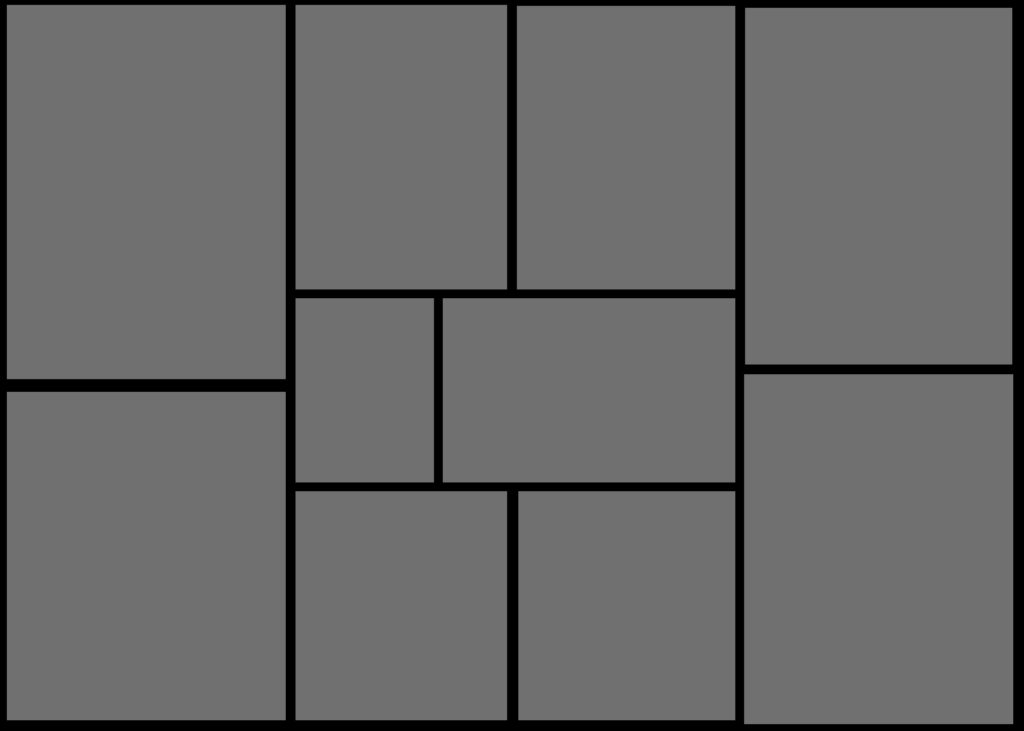
I quite liked the idea of compacting all the photos together and so for this composition wanted to have only the images separated by a thin black boarder which would merge them all together into one aesthetic mood-board as a result. I really liked the idea of symmetry here and wanted to use that to have the more significant images on the outskirts with the middle having smaller images that linked to the larger ones through topics or themes of colour, topic or composition.
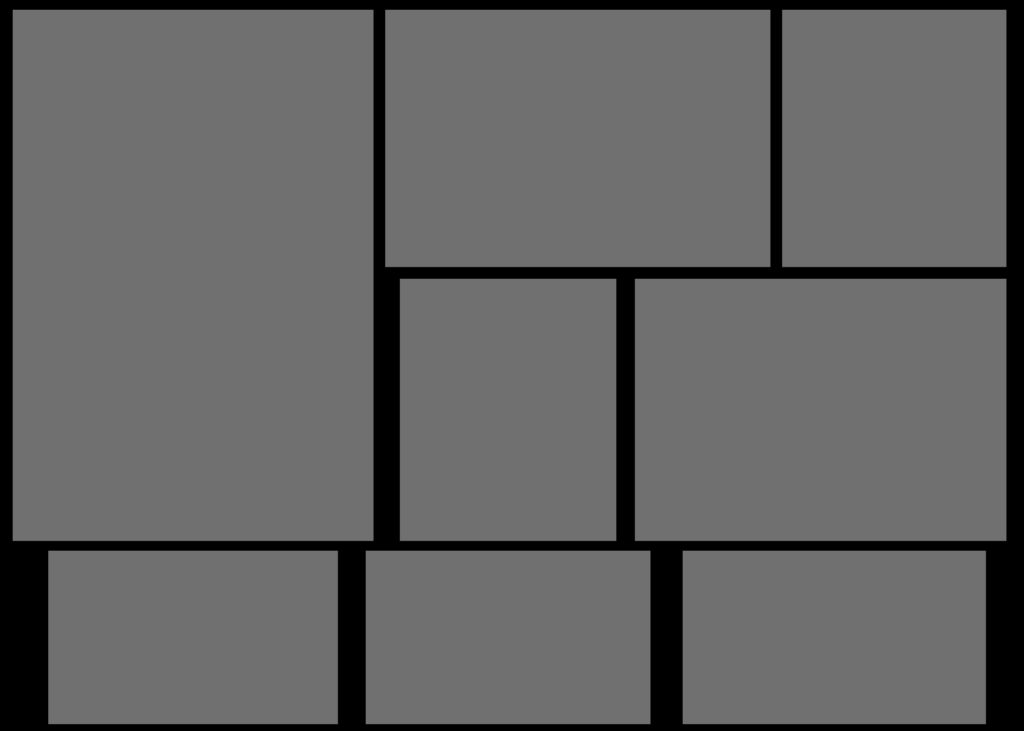
Here I wanted to try experimenting with the use of negative space on the mood-board, to do this I added larger gaps between each photo which I hoped would highlight the larger or more important images more. This mainly was based around the bottom of the board where I emphasized the three individual images compared to the rest of the photographs, this would allow me to use three images that had the closest theme together so that they would be presented as the focal point for the overall composition.
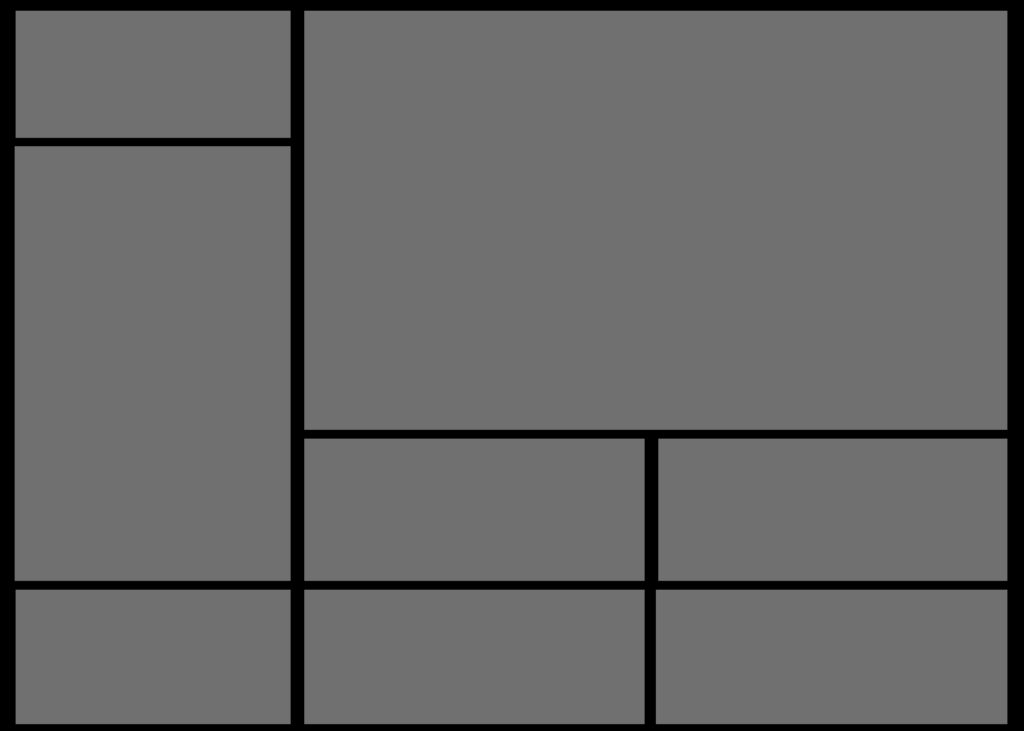
Finally for my last composition I reverted back to the compact theme of the first composition. However when designing this one I got rid of the symmetry, instead replacing it with a random order which slotted together like a puzzle, this way the board would not become too predictable therefore drawing in the viewers. I really liked the pairing of the four A5 images in the bottom left corner, this is because of how I think they provided order to the overall relatively disordered board.
Overall I am relatively happy with the outcomes I have produced for each of the mood-boards, as a result of this it is likely that I will use one of each for the three different photographic themes I have regarding abstraction. When making them I will probably be mounting them onto white foam board and then glueing them onto a black sheet of card so that it create a 3D illusion when looked at, before this however I will be adding a white boarder to each of the images so that it defines them more, allowed them to be identified easier.
Whilst my books were being printed I decided to go ahead with the design of my book sleeve, the idea behind this was from Robert Frank and his storage of his books being inside. I wanted to create a simplistic design due to it being able to compliment the minimalist design of each book, however before the design I would have to measure up a plan in relation to my only known dimensions of the books being 15.5cm x 23.3cm. Using the software Photoshop I would need to go ahead and create a structure made from various shapes to allow me to fold together a sleeve with minimal equipment. Using only two dimensions I was able to create a fold-able sleeve which would be able to fit together and store all three of my printed books. Here is the plan for the design:

I started by printing out the individual shapes and cutting each out, by doing this it allowed me to trace around the outline of each box and slowly combine all pieces together so that it formed the overall shape. From here I proceeded to cut out the design from the card using a ruler to accurately fold the bends so that they became forced into a box formation. I found that glue had not been strong enough to stick the sides together, and so led me to use double sided tape to provide a strong holding force between the sides of card, as a result of this the book ceased to fall apart. Here are the images from my final creation of the black card book sleeve:

Overall I found the result of the sleeve to be effective in the case of being able to hold all three books whilst maintaining its form, however if making one in the future I would have to consider using a stronger material so that it would present a more sturdy structure. The idea itself really only acted as a dust cover for the books due to them being softcover journal books which have no cover expect for the paper they were printed on, and so the development of this sleeve allowed for me to protect them from scratches and dents which could occur once they are printed.
For the final titles of each book I settled on Motif, Form and Hue, this was because of how they are synonyms for texture, pattern and colour as I found them to be more effective if only consisting of three or four letters. When creating the final design for each colour I decided upon using a dark grey to contrast the lighter grey of the title, this way the text slightly merged with the cover preventing it from becoming too overpowering. The books themselves have been printed on a 15 x 25cm format (Journal book), this is because they would fit perfectly inside the sleeve I am currently creating to fit each book in. From my first draft there has not been considerable change due to how I was overall really pleased with the results I had created, with the only tweaks being the composition of the last two images on the final page.






Overall these are the final layouts for each of the books, Motif, Form and Hue. The three books contain a different theme within each looking at colour, texture and pattern, all of which come under my topic title of abstraction and the variety of ways in which it can be portrayed through the camera. Within the books I have included a variety of different page layouts consisting of double spreads, single images and triple photos, all of which I have previously experimented with so that they can transition between the different photos inside s effective as possible. Regarding certain images I have made sure to include a white border around each photo due to how it effectively boxes in the pieces, separating them from the next and creating contrast between the pages which I have used a white backdrop for all pages except the covers. The use of a white backdrop I found was the most effective outcome I could produce due to it not taking away anything from the images like a coloured backdrop would, instead adding definition and that needed bit of contrast on the monochrome imagery. In creating the book I wanted to go straight into the theme portrayed on the covers of each, this meant that the first pages would include my best image from each section so that it set the pace and theme for the rest of the spreads.
When creating the books I made sure to have sub themes within each of the books, this could include colours ranging from blue and green to different depths of shade created through the monochrome filters. I decided against the implementation of page number because of how they interfered with the single images covering double page spreads, which in my opinion reduced the impact through the presence of small numbers in each corner. I also went against it because of how my initial idea of creating a personal journal exploring an abstract theme, leaving me to want pages to be as minimal as possible.

Once I had looked at the compositions of the fonts and colour of the covers I came to a conclusion of the designs I wanted and proceeded to use them on all three books. Like the compositions I made sure to leave the overall theme of design the same throughout each of the covers as I wanted to enforce the idea of them containing a different style of photography with the same overall theme. Here are the results of the designs and my thought process behind them:

For the fonts on the covers I decided with Abril FatFace, this is because it created a formal font which contrasted well against the grey backdrop and produced an outcome that I had seen present in most of the minimalist abstract covers. Colour wise I went with a lighter grey to the grey used on the cover due to me wanted to blend them together to some degree and prevent the text from becoming too overpowering. This led to my choice of using font size 80 due to how it didn’t take up a huge amount of space in comparison to the rest of the page, but how it also made use of the negative space surrounding it which it used to its effect.

For the font for the authors name I once again went with the same font as the title being Abril FatFace. This is because I wanted consistency throughout the cover and matching all text to the same font was crucial to this. Regarding the font size I went with a size 18, this is because unlike the title I wanted to leave the authors name more or less unnoticed due to how it didn’t provide any relevant information on the subject within each book.
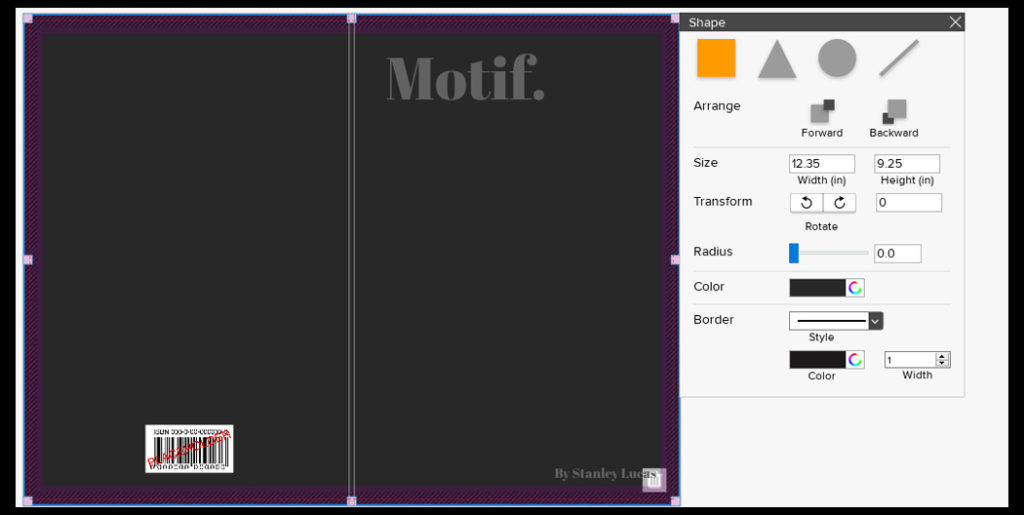
Finally for the backdrop I had created I’d used an enlarged grey square which stretched across the cover. To accompany this I experimented with a variety of colours such as blues and browns present in the books to discover what would work well against the title and fonts used. My outcome was a dark grey that was borderline black, I selected this because of how I found it to be relatively neutral in disclosing what would be inside the book with only the title giving it away, which as a result allowed for the books to work together as a trilogy, stopping designs clashing which could occur when putting them into sleeves.
After I had finished designing my first drafts for each of the three books I then decided that I would go onto implement potential text fonts to the book covers I was in the process of creating. The only text that I would be adding was regarding the actual title of the books and the my name on the bottom of the front cover. For me the text is extremely important as it is the first thing the viewer sees when looking at a book and the font used, linking the contents and the overall themes of the books together so the could be relevant to each other, whilst also presents an overall theme of design to the audience. To experiment with fonts first I would need create a mood board regarding the fonts that I thought would be most effective for the cover of the book. I found a variety of photography quotes and proceeded to find fonts that I thought suited a contrasting background well. Here are my results:

By experiment with these fonts I hoped to find one that would draw viewers in whilst not being overpowering and reducing the effectiveness of the overall book. This would be vital as the books have hardly any text meaning that the text which is there would need to be designed to its best of ability. Before I went on to do this I decided that I would go and explore a few ways in which I could implement the text onto the surfaces of each book and their positions, here are a few ideas of various examples I would draw certain aspects of inspiration from in my final design of the covers:

Once I was satisfied with the design in my head I decided to go ahead with what I thought would be the most effective use of text positioning for the titles and author names on each cover. Overall I had three designs in mind which I thought their simplicity allowed for maximum effectiveness. These are my designs:

After I had finished designing my covers for the three different layouts I decided upon the far left cover. This was because I wanted the title to be the first thing that the audience would read (left to right) and the implementation of the full stop filled in that extra bit of white space whilst stopping the title ending there. Here I wanted the authors names to contrast the position of the title and so deemed the placement of it in the bottom right of the cover would provide effective due to it being the second thing that the viewer would read.
Once I had started the developement of my book I decided that I should analyse an image from each theme of the book, this is because of how each image represents the catagories that I am exploring and the processes I have gone through to produce the desired outcomes. By doing this it would allow me to have a better understanding of how I should compose my books, as if I go about changing the layout in the futureit could give me ideas of how the different areas within each book could look through this change. Here are my chosen images:

Abstraction through Texture: For this theme within my book I had wanted to particularly look at the surface texture of things such as trees, water and plants. When photographing the subjects I always took into consideration the structure of what I was looking at, examples of the consist of the image above where I would make sure the grain or any abnormalities within the subject was photographed in a way that reflected symmetry generally facing the opposite direction of the overall movement of the rest of the photo. To accompany this I have been looking at the topic of colour as well in textures and how the area that is photographed can often reflect what type of environment it was taken in and the textures you would see whilst walking through that specific area. When putting together my book I will be making sure that the images have a smooth transitioning between the colours so that it prevents the book from being jumpy and having an uncoordinated structure.

Abstraction through Colour: This was one of my favourite themes to photograph because of the use of in camera settings to create the desired results wanted from the topic. Composition is a huge element of this section due to how the simplicity of much of the imagery produced requires a unique perspective in order to portray them in a way that interests the viewer and draws them in. To do much of this I have been basing my compositions in the book around the idea of transitioning between the intensity of the certain colour present in each photo, in the case of the one above it being blue. By doing this in the book it prevents the order seeming like a splatter of colours jumping from yellow to blue immediately, instead allowing it to start merging into the next like a slideshow. Much like texture I wanted the viewer to experience a unique perspective of how the environment could be viewed, however instead of isolating the subject like the other two themes I have chosen to look at the entire landscape so that the viewer gets an overall impression of what has been created.

Abstraction through Pattern: Regarding the theme of pattern this was probably the most intensive theme due to the amount of experimentation that was required to create the results I wanted. Within the book I have grouped together the images that I thought used similar techniques to produce them such as aperture and monochrome like the one above. Through the use of this it allowed a greater emphasis of whites in particular, presenting the outcomes as more pure than the reality it’s in whilst highlighting the patterns inside each. Much like the theme of texture I really wanted to explore the form of the subjects photographing, and made sure to photograph the patterns in a way in which captured movement and the beauty that could be seen. The reason I chose to photograph this subject using a monochrome filter was that it was hard to capture pattern to its full effectiveness without removing all aspects of colour, reducing it to shades and preventing the viewers from becoming distracted by other contrasting aspects.
When editing my book I decided that I would use the software called Blurb to create my three books for final exam. I chose this because of how it presented me with a bigger variety of different templates that I could more easily access to that on Lightroom, allowing me to experiment more with my layouts. Whilst designing my books I decided that I would make myself refer back to my photographic books which I had drawn inspiration from by the photographer Robert Frank. By looks at his three books together it gave me ideas for the development of my own, this included the use of negative space being used effectively in order to enhance each image the way I wanted. Overall when looking over the three books ‘Tal Uf Tal Ab’, ‘You Would’ and ‘Park Sleep’ I found that I had gone down a slightly different path as in Frank’s books he had a closely similar theme throughout the three books compared to that of mine which have a similar but different theme in each book. Using his books as references and my main influence I was able to select and layout about forty images for each book. Here are my current compositions:

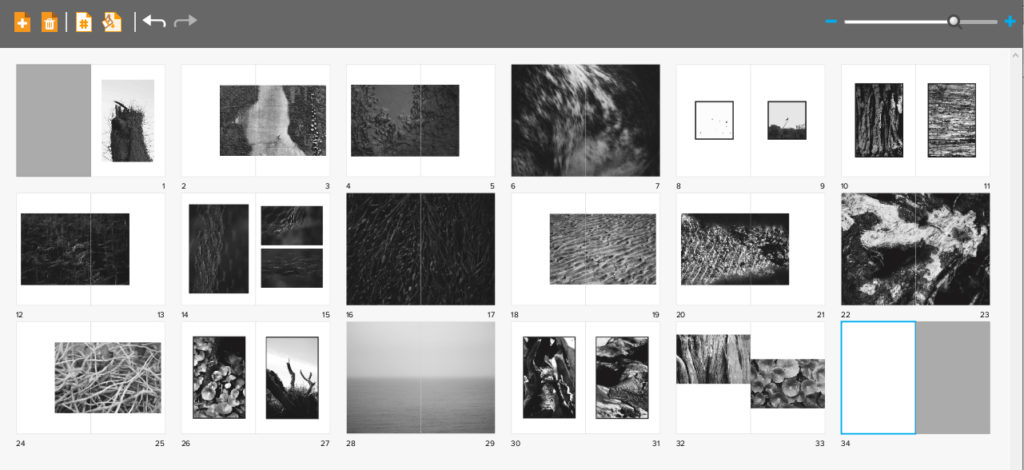

When designing my books I decided that I really wanted each book to have the same layout as the next, this was because I wanted the viewer to know that each book was linked together, regardless of the photos inside, and that a similar composition was a great way of doing this. Within the books I have made sure to include a variety of different page layouts consisting of one image a spread to three images a spread, this way it didn’t make the outcomes dull and bland, instead adding interesting changes in the design of the book to make the reader want to turn the next page. I originally had experimented with the blank spaces and had found by using certain images it allowed for me to use photos as a transition between different coloured pieces or subjects within, preventing this outcomes as seeming too much and rushed. I didn’t choose to have any text in my books due to wanting them to be as minimalist as possible which would allow the viewers to only focus on the images rather that what was around them.
Some of the issues that I am having through the process of creating the compositions are the particularly the compositions of the last spread, this is due to how I want it to be more simplistic, but rather retain the overall qualities and composition of the rest of the book. My final issue is the composition consistency throughout the books, this is due to a stronger start of portraying images, however this becomes harder to maintain as I progress through its creation, leaving me too have some pages blank in which I need to come back to and redesign.